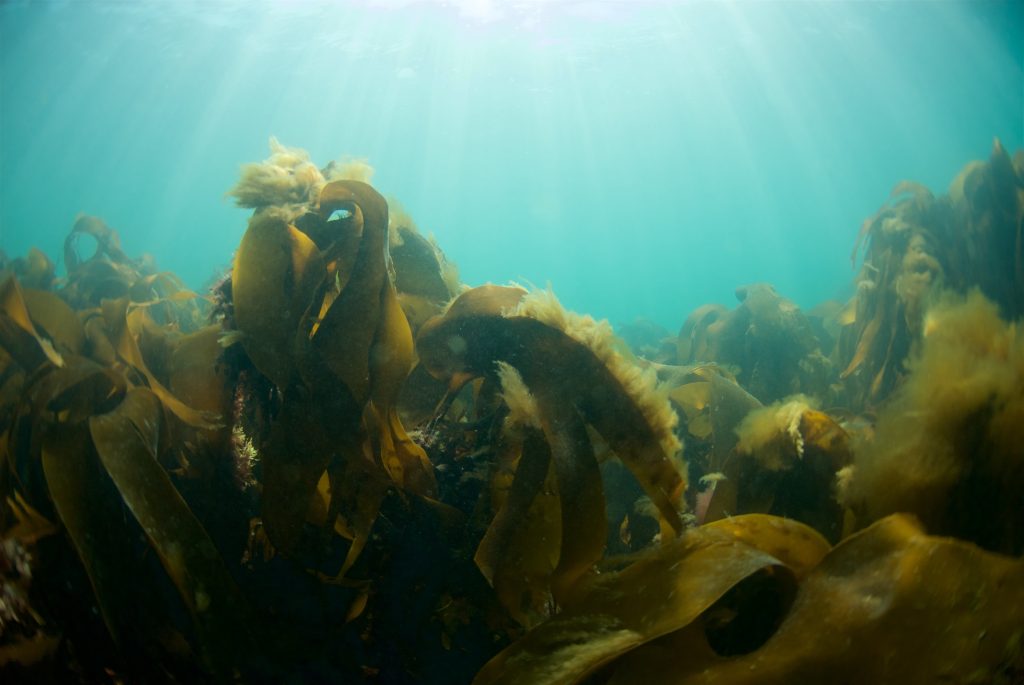THE government’s recently-lodged plans to better protect Jersey’s marine environment have been hailed as a “significant first step” by an ocean conservation group.
But the Blue Marine Foundation has also said it is “disappointed” that the percentage of area set to be protected is smaller than the figure included in an older version of the proposals.
Environment Minister Steve Luce’s revised Marine Spatial Plan – which could see over 23% of the Island’s territorial waters become marine-protected areas – was published on Friday.
The number has shrunk from the 27% originally proposed under the previous government, following consultation work that included input from the fishing community.
Deputy Luce said this version of the plan struck a “balance” with the different uses of the marine environment.
Clare Brook, the chief executive of the Blue Marine Foundation, congratulated the government but also urged politicians to “scale up the additional areas being put forward for future consideration”.
She said: “This reduction from the initial proposed 27% would remove Jersey from the top ten most protected marine territories in the world, while increasing the future efforts needed to meet its committed international target under the Kunming-Montreal Global biodiversity framework.”
Despite being “disappointed” by the reduction in the area proposed for protection, Ms Brook said the foundation was “content with the comprehensive process the government has taken”.

She described the new figure of 23.3% as still being “a significant first step” towards an international “30 by 30” pledge that the Island joined in 2022.
The pledge is part of a global initiative to conserve 30% of the globe’s terrestrial and marine habitat and protect it from destructive practices by 2030.
Ms Brook continued: “We are pleased to see the inclusion of key habitats such as maerl, kelp, seagrass and shallow reefs, which play an important role in supporting biodiversity, commercial fisheries and our climate. Given the uniqueness and vulnerability of Jersey’s maerl beds, we would urge the government to protect as much of this vital habitat as possible.”
She added: “An initial concern is the timeline for legislating for and designating the MPAs. We support the proposal to create statutory MPA legislation. However, while this is being developed, we would like to see these protections put in place immediately under existing fisheries legislation, as is the case for the current ones. It is vital that protection is in place sooner rather than later, to prevent any further degradation to habitats which sustain local communities, wildlife and climate.”






